determining how operations and service functions should work to deliver improved outcomes
following a fundamental RESTRUCTURE, HISTORICALLY divested functions of the commercial DIVISION OF a major uk bank had been repatriated into a single organisational unit. the question was how should its operations and service function work to deliver improved outcomes at significantly lower cost.
The Unit needed a design, one which aligned to the remainder of the Division, the Group, the Customers, the emerging Transformation Division and the financial demands it faced over a three-year plan.
The Challenge
The Division had emerged from a fundamental rethink of the overall structure of the Bank. Business units which had historically been functionalised were now repatriated, new units and functions were added. The Commercial Division’s operations and service remit and scope had expanded to include the servicing of SME, that of Mid Corp as well as the specialist and complex needs of large corporate clients. Units were disparate and separate having been managed elsewhere. There was no coherent design, yet there were clear opportunities for improved alignment, significant savings and improvements in service. The question was how.
Our Solution
A newly-appointed head of the Division asked us to help, and we led the management team and their appointed representatives through a series of logical designs, evaluating each and detailing a shortlist of the ones we collectively agreed represented the best solutions by:
Clarifying the strategic purpose of the division and the priority drivers for change;
Agreeing key criteria for evaluating different design approaches;
Generating design options aligned to product, customer, process or a mix of these
Defining a detailed Operating Model for the prioritised approach selected.
Creating a detailed baseline FTE model based on a number of dimensions including work, organisation, location, product
Presenting OD options and recommendations based on qualitative and quantitative criteria
The Outcomes
The collaborative approach paid dividends as there were ‘no surprises’ for the senior management team who understood and bought into the OD recommendations presented and the expectations of synergies and savings the new design committed them to.
Line of sight to a 14% reduction in FTE, with no technology dependency
No overlap or duplication in accountabilities
End to end customer processes built into the Operating Model and OD
Product alignment for efficiency
A model which aligned to the rest of the Division and the Group and the principles being applied to the design of its Transformation Division

